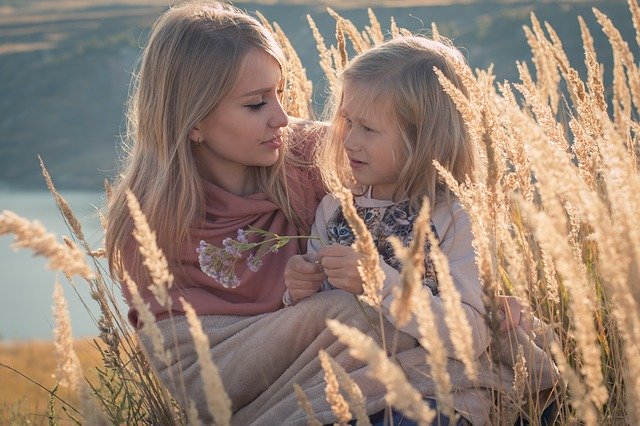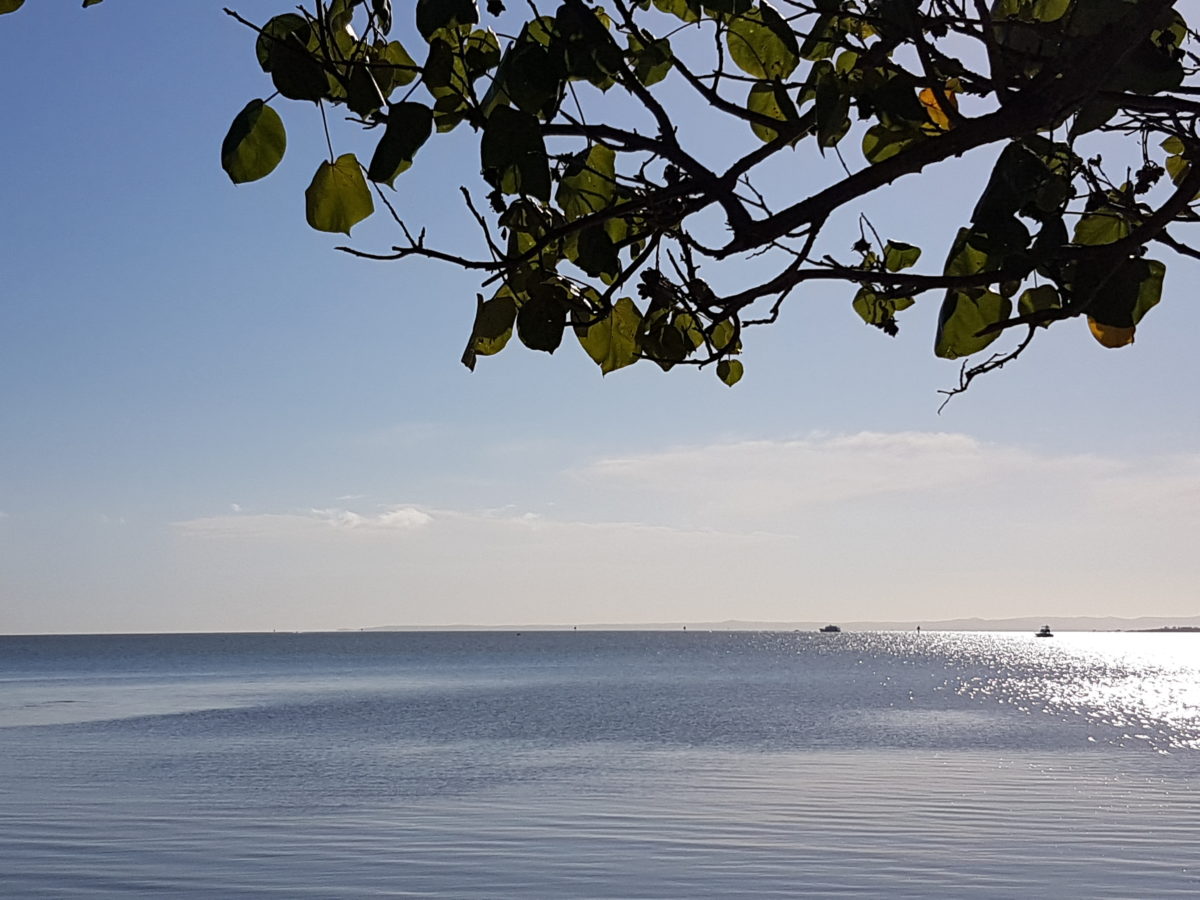In a previous post I explored ways to cultivate joy in your life and provided a guided meditation on this practice. The foundation for letting joy into your life is gratitude and the associated savouring of what is good in your life such as your achievements, friendships or your child’s development. Genuine appreciation and gratitude displace the tendency to be envious of others’ success and joy. However, we can work positively towards valuing and rejoicing in the good fortune of others, which in turn increases our own joy in life.
Diana Winston offers a meditation podcast, Taking Joy in Others’ Joy, designed to help us to be joyful for the joy of other people in our life. This guided meditation is offered as one of the many weekly podcasts provided by MARC at UCLA and available through their online archive.
Barriers to being joyful for others
Diana points out that it is natural to experience barriers to being joyful for others. These may take the form of feeling envious of their success, coveting what they have (whether a possession or a person) or feeling an inexplicable sadness when we become aware of another’s joy. One way to address these blockages is to identify what we are feeling and to name the feeling so that we can control it. What we will often find is that our sense of shame (for experiencing strong negative feelings) will cause us to hide these feeling from our self (not own up to them) and/or to camouflage them when interacting with others.
Michelle De Kretser, in her book The Life to Come, gives a very good illustration of this camouflaging of feelings of envy. Michelle, when discussing the relationship between Cassie (a creative writing student) and her friend, Pippa (a successful, published novelist), highlighted how we can avoid confronting the unwelcome feeling of envy:
Cassie had hit on the strategy of dousing the envy that flickered up in her around Pippa with a stream of (fabricated) compliments.
While this approach may hide our true feelings from others, it does not address the underlying barrier to being joyful for the joy of other people in our life. Being honest with our self about our true feelings, naming them and understanding how they reflect in our behaviour can help us to reduce the barrier. Diana offers a supportive approach in her guided meditation podcast mentioned above.
A guided meditation on empathetic joy
In addition to addressing negative feelings that act as barriers to being joyful for others, it can be helpful for us to take a constructive approach through regular meditations designed to develop empathetic joy – appreciating the joy of others resulting from a specific accomplishment or the experience of good fortune. The joy of others may arise through their concerted efforts to develop a skill, overcome a difficulty or achieve something that is important to them.
The starting point of this meditation is to become grounded through your posture, mental focus and the process of using an anchor to maintain your attention and relaxed state of mind and body. Once you have achieved this groundedness for a reasonably sustained period (e.g. 10 minutes), you can shift your focus to cultivating empathetic joy.
Firstly, you focus on the good fortune or enjoyment of someone who is close to you, with whom you have a strong relationship. You can then picture their joy or enjoyment over a specific accomplishment or piece of good fortune and extend the desire for their joy to be increased and sustained, e.g. “May you continue to be happy and joyful and experience further success and happiness in your life.”
The next focus in your meditation is on a person with whom you experience some degree of discomfort over their success (avoid focusing on someone whom you are totally envious about) – you might have a twinge of envy that you do not entertain or dwell on to any significant degree. In your meditation, you then apply a similar expression of good will towards this other person, moving beyond negative thoughts or feelings (as you bring them into focus), to a genuine expression of good will – wishing them increased, sustained joy and happiness.
Reflection
Being joyful for the joy of other people in your life, can be very challenging in some situations. Where we have strong negative feelings towards them (e.g. envy or covetousness), we will experience barriers to rejoicing in another’s joy. Being honest with our self about these feelings, their origin and strength, will help to remove these barriers. The regular practice of the empathetic joy meditation can serve as a supportive practice to cultivate the capacity to be joyful for the joy of others and to experience vicarious joy. As we grow in mindfulness through these types of loving kindness meditations and reflection on our behaviour, we can increase our self-awareness; develop self-regulation of our thoughts, feelings and behaviour; and build our connectedness to others around us.
_____________________________________
Image by Johannes Plenio from Pixabay
By Ron Passfield – Copyright (Creative Commons license, Attribution–Non Commercial–No Derivatives)
Disclosure: If you purchase a product through this site, I may earn a commission which will help to pay for the site, the associated Meetup group and the resources to support the blog.









